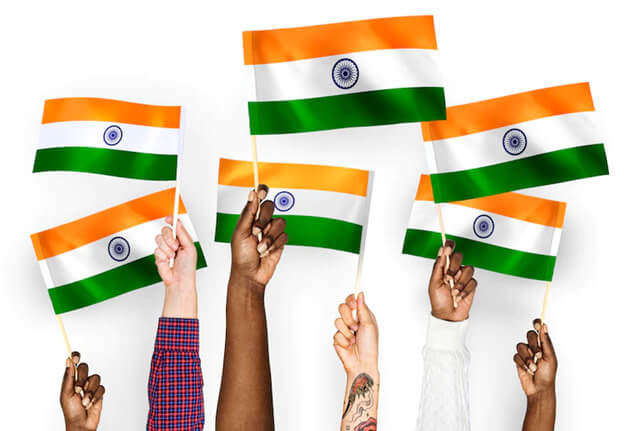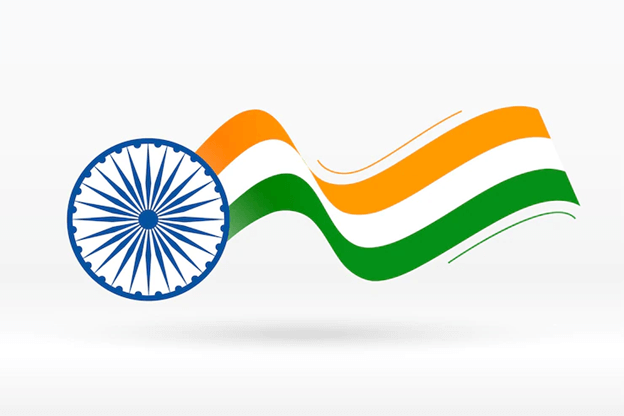Updated February 17, 2023
Overview of Swadeshi Movement and Boycott Resolution
The Self-sufficiency movement, also known as Swadeshi Movement, played a vital role in Indian independence. It was initiated in 1905 as a response to Bengal’s partition and prevailed till 1908.
Indians were dissatisfied with the British Government’s decision to partition Bengal in December 1903. Consequently, the Swadeshi movement was launched on 7 August 1905 in Town Hall, Calcutta. The movement aimed to boycott foreign goods and favor domestic products. So, the boycott resolution took place to support the Swadeshi Movement.
(Image Source: Freepik)
Significance of the Swadeshi Movement and Boycott Resolution
The 20th-century movements enabled the masses to participate in contemporary national politics. For the first time, women were encouraged to come out of their houses and boycott foreign-made products.
The Swadeshi and boycott movements transformed the nature of the Indian National Congress (INC) from being run by moderates to being driven by Extremists. The latter demanded ‘Swaraj ‘or self–government. Moreover, the ideas of non-cooperation and passive resistance originated from the Swadeshi and Boycott movements.
(Image Source: Freepik)
Features
The features of the Swadeshi Movement and Boycott Resolution are listed below.
Swadeshi Movement
Being Swadeshi was emphasized by Mahatma Gandhi, who promoted self-rule. It was one of the most important movements, especially in Bengal and Andhra Pradesh.
The actual reason for the partition of Bengal was the maximum number of unmanageable revolts. Religious issues fetch the fire between the Hindus and Muslims, igniting the Swadeshi divide and rule policy movement.
Boycott Resolution
The denial to use international products spread widely among the masses. The Swadeshis opposed the decision to split Bengal. It led to a boycott of all foreign products and to purchase of only Indian-made goods. The four-fold Boycott movement witnessed the following features:
- British-made cloth, sugar, and salt boycott
- Refusal to accept English
- The denial in the Legislative Council of government vacancies and positions
- A united boycott by citizens who purchased foreign goods
(Image Source: Freepik)
Problems with the Self-sufficiency Movement
One of the major drawbacks of the Swadeshi movement was the lack of direction. It could not connect the Hindus and Muslims. The demand for separate electorates became a big problem since it asked for political mileage for the Muslims.
The peasants could not become a part of the Swadeshi Movement. However, between 1903 and 1908, the partition of Bengal fostered the Swadeshi Movement.
(Image Source: Freepik)
End of the Swadeshi Movement and Boycott Resolution
The British gave rise to communalism in India, whereas the Swadeshi movement could not obtain support from the Muslim masses. The Muslim peasantry enjoyed the majority in parts of Bengal and opposed the Hindu zamindars.
The Swadeshi and boycott movements terminated, and the government authorities spread broadly. Students got dismissed from schools, colleges, meetings, and processions. In Surat, Congress split in 1907 diluted the Swadeshi movement.
There has to be an end to everything. Nothing stays if it faces severe repression. The same happened with the Swadeshi and boycott movements!
(Image Source: Freepik)
Know more about the Swadeshi & Boycott Movement
- The Boycott Resolution was on 7 August 1905 in Calcutta City Hall. Later they decided to boycott the Manchester cloth and salt from Liverpool.
- In the Barisal district, people were primarily motivated to boycott foreign-made goods, making British cloth’s value fall.
- Vande Mataram became the theme song of the Boycott and Swadeshi movement.
- The boycott of foreign goods, burning of foreign clothes, and discarding shops trading in foreign goods, were noticed in remote areas of Bengal and other cities and towns.
- Mass mobilization widely used by the Swadeshi movement was the alliance of volunteers.
- The Shivaji and Ganpati festivals got organized to spread the swadeshi and boycott movements among the masses.
- ‘Atmasakti’ or self-reliance got a promotion to uplift national dignity.
- The National College of Bengal has founded to provide nationwide education. Sooner, various schools got established throughout the country.
- The entrepreneurial passion and the urge to be self-reliant got noticed. The textile mills, soap & matchstick factories, tanneries, banks & insurance institutions got set up primarily. However, rather than actual business interest, patriotic zeal shut down these businesses.
Recommended Articles
We hope that this EDUCBA information on “Swadeshi Movement and Boycott Resolution” was beneficial to you. You can view EDUCBA’s recommended articles for more information,





